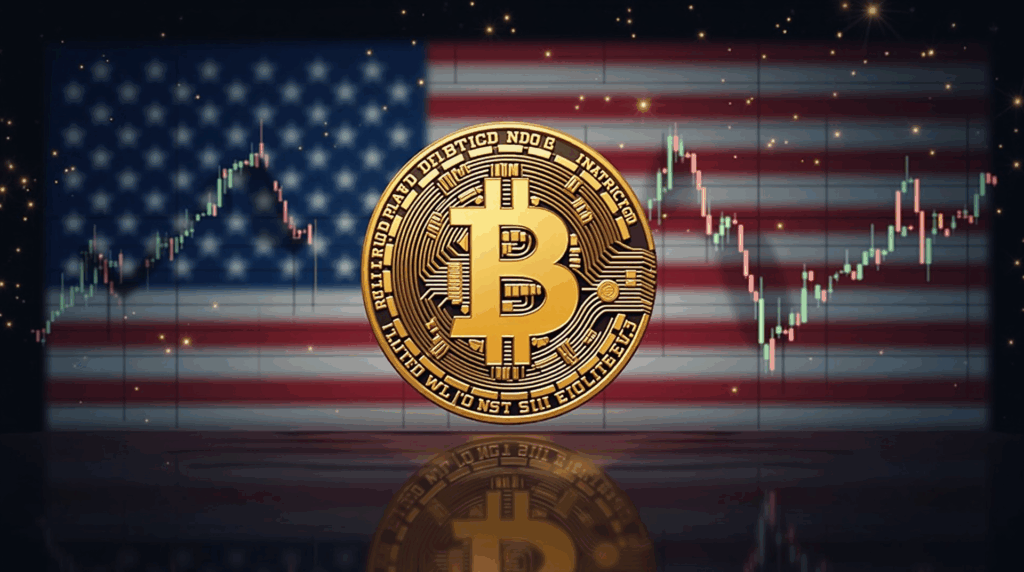Global financial markets contracted sharply this Friday after the announcement of a new round of tariffs by the Trump administration, coupled with disappointing economic data, triggered a wave of risk aversion. In this adverse context, crypto ETFs recorded their largest capital outflow of the last quarter. The Bureau of Economic Analysis (BEA) confirmed the pessimistic sentiment by reporting that GDP growth missed forecasts.
The day was marked by extreme volatility from the opening bell. Hard data revealed by Coinmarketcap that exchange-traded products linked to digital assets experienced a net outflow of over $200 million in just 24 hours, a figure not seen since June. This massive capital movement reflects market nervousness regarding trade policy, which was compounded by the GDP report showing growth below the 1.5% expected by analysts.
Chain Reaction Hits Risk Assets
This news is particularly relevant because it demonstrates the growing correlation between digital assets and traditional markets. President Trump’s trade rhetoric and the threat of tariffs have been a constant source of uncertainty, and the crypto market is no longer immune. In times of high geopolitical and trade tension, investors tend to liquidate positions in higher-risk assets, a category where crypto ETFs are still perceived.
The impact on the sector was almost immediate. Selling pressure on crypto ETFs translated into a significant drop in the price of major underlying assets, such as Bitcoin and Ethereum. For investors, this scenario reinforces the need to manage risk, as traditional market volatility, now driven by political decisions, has a more pronounced domino effect on the crypto ecosystem and investor confidence.
The current situation leaves the market in a state of high anticipation. Analysts will be closely watching the evolution of the administration’s trade policies and the Federal Reserve’s next moves. Meanwhile, crypto ETFs are expected to continue reflecting the general uncertainty, acting as a barometer for risk appetite, where caution appears to be the dominant strategy heading into the end of the year.

